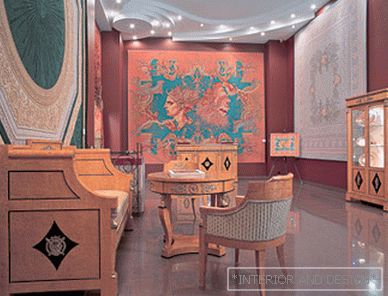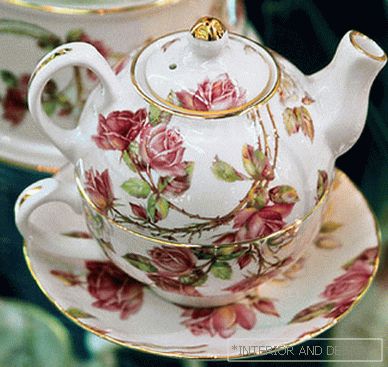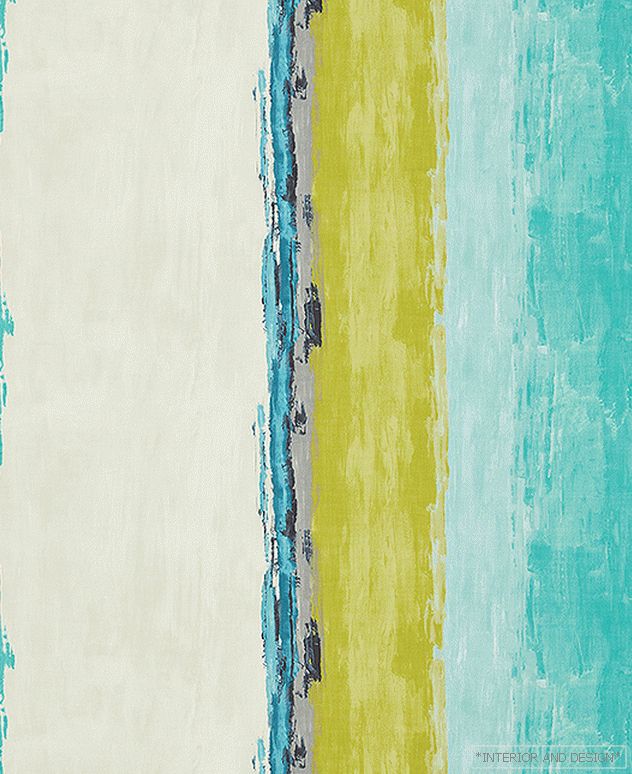Interview with renowned designer, author of more than 2000 different objects. The reason for the conversation was the presentation of a new collection created for CASAMANIA BY FREZZA
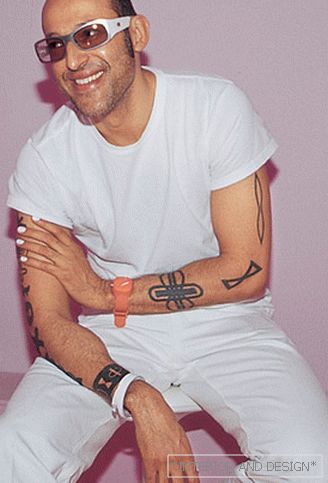
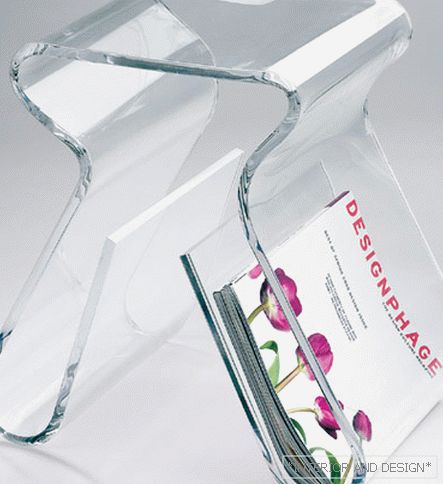

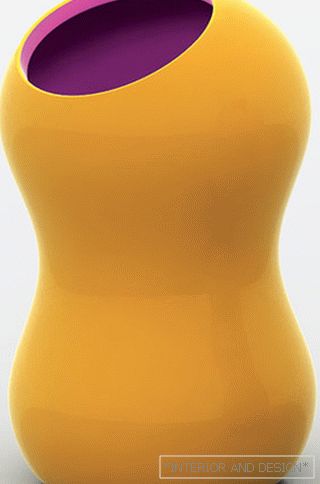
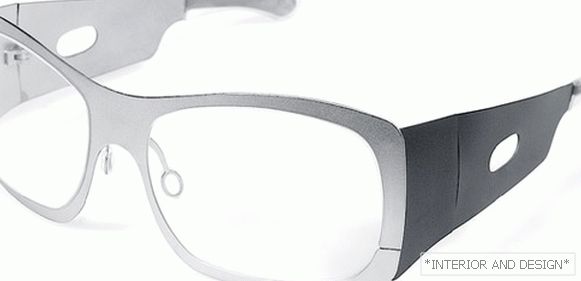
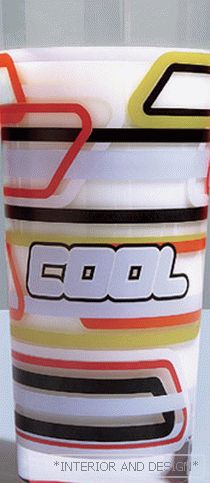

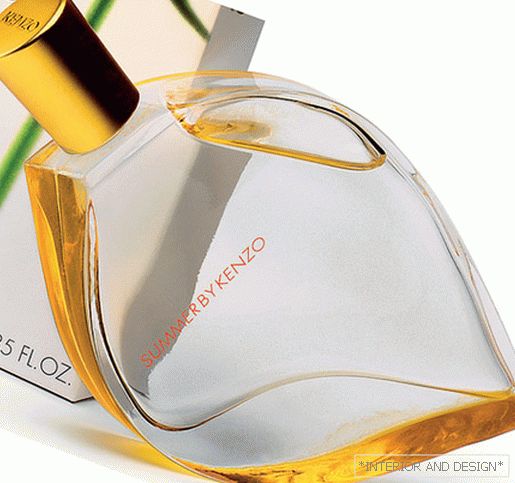
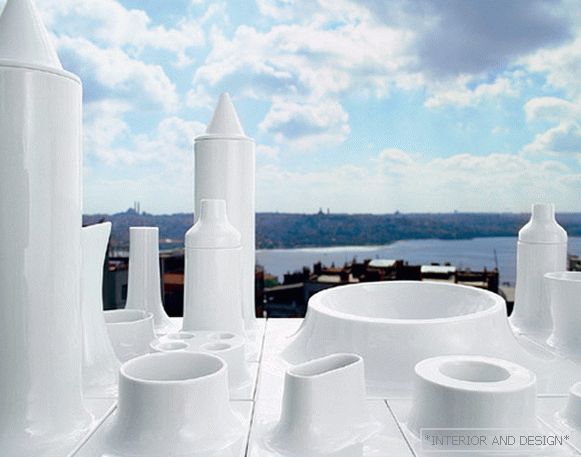
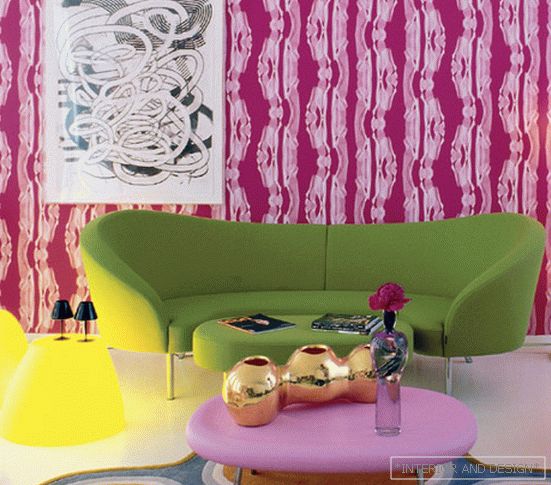
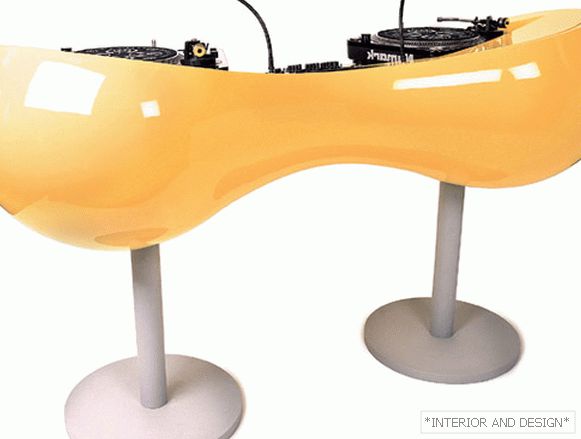
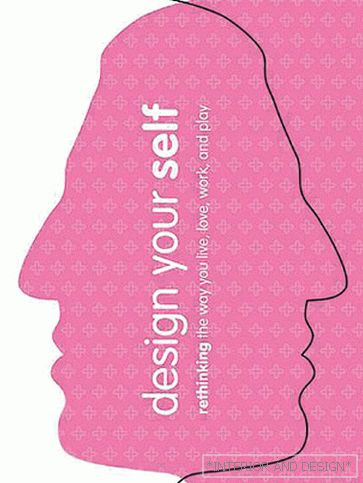
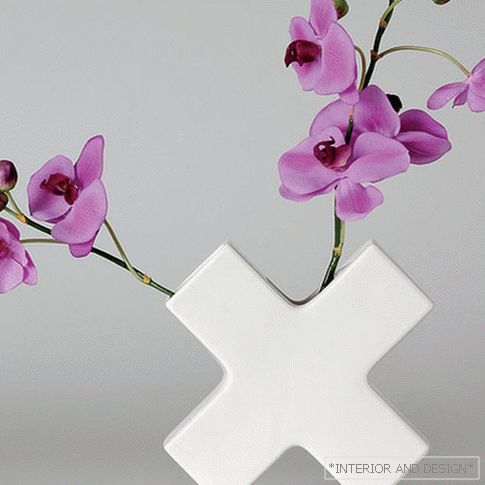 Passing the gallery
Passing the gallery Interview prepared: Karina Chumakova
Portraiture: Karina Chumakova
Magazine: H (109) 2006
SALON: Karim, in your design portfolio you have collected the most famous brands from the world of furniture, fashion and technology. You are undoubtedly one of those designers who can choose with whom to work and who not. Please tell us why you decided to create a collection for the brand.
- First, I really appreciate the fact that
S: Looking at the things created by you (not an exception and the CASAMANIA collection), their original purpose is not always clear, but in form and color it is often clear that no one else had a hand in their design
- Это действительно так… (Смеется.) Направление, в котором я работаю, я сам когда-то назвал чувственным минимализмом. 90 процентов вещей, окружающих нас в повседневной жизни, абсолютно нам не нужны. Мы искусственно усложняем мир, поэтому, если for предмета можно придумать несколько способов применения, это прекрасно. Один видит в вещи корзину for бумаг, другой - подставку for зонтов; один - контейнер for мелочей, другой - пепельницу. Таким образом, когда предмет уже создан, потребитель продолжает придумывать варианты его использования, соучаствует в процессе дизайна. Я вообще пропагандирую принцип приобретения путем замещения: приобретая новую вещь, я всегда избавляюсь от старой, взамен которой ее покупаю. Это касается всего - от носков до стульев. Благодаря этому прекрасному принципу за шесть лет количество вещей, которыми я владею, не изменилось. Об этом я подробно написал в своей новой книге "Создай себя" (Design Your Self).
S: Please tell us about your new projects.
- A few years ago, I began to engage in spatial design. I have made the interiors of several restaurants and boutiques, a hotel built according to my project has recently opened in Athens. Twenty years of experience in the field of industrial design allows me to perceive the space from the inside to the outside. That is, when I invent the interior of the room, I imagine myself lying in it on the bed and I think I would like to see from this angle, while a professional architect pushes off from the external appearance of the building and moves inside. For me, the most important thing is the relationship of a person with space, the integrity of perception - from the color of the walls to the smell in the room.
S: Some critics say your design is just a game of form. Is the form really primary for you?
- In my opinion, the experience of communicating with a thing must be absolutely immaculate, "seamless." From its very appearance, everything should be clear. There is nothing worse than to buy some technological novelty and sit down to read her instructions. The phenomenon of plug-and-play should spread to everything that surrounds us. Yes, the form is really important to me. I do not like sharp corners - you will not find them in my objects. With my height (193 см. - SALON) all my life I hit the corners, and at some point I, frankly, got fed up

